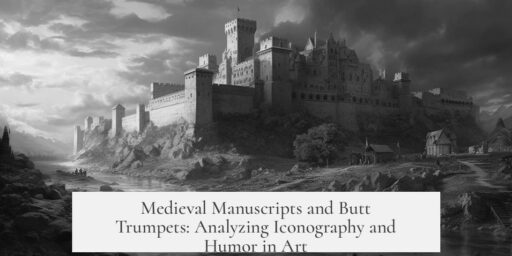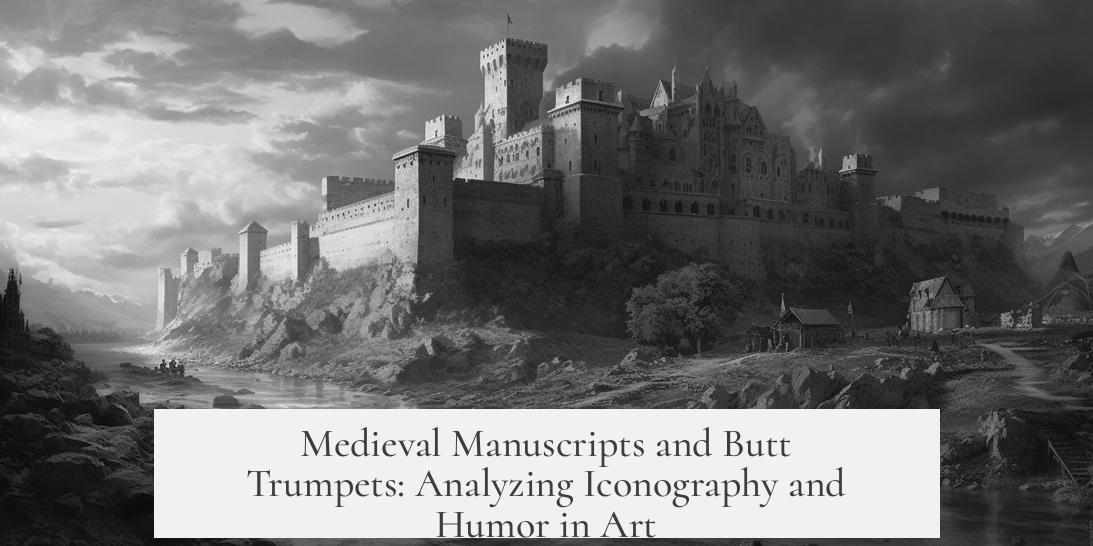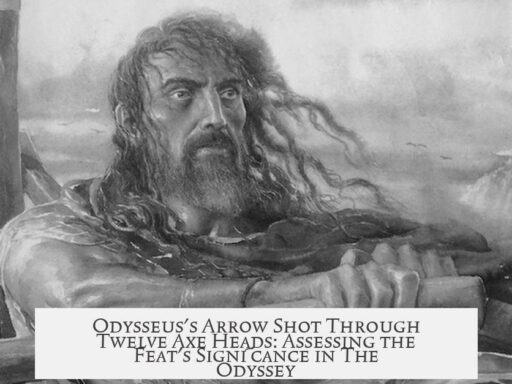Many medieval manuscripts depict butt trumpets as part of a broader tradition of humorous, grotesque, and symbolic marginal illustrations rather than literal or functional objects. These images likely convey satire, playfulness, or allegory deeply rooted in medieval iconography and humor.
Medieval manuscripts often feature marginalia containing unusual, bizarre, and whimsical imagery. Buttocks themselves are a recognized motif in these artworks. According to discussions on historical forums, buttock images appear repeatedly, often serving a comic or subversive purpose. However, the specific motif of the “butt trumpet” remains less documented, making its exact origin and meaning less clear.
The presence of such imagery aligns with the medieval culture of humor and satire, where artists introduced grotesques, hybrid creatures, and absurd scenes in manuscript margins. These depictions often challenge or mock social norms and authorities, or simply entertain the reader. The “butt trumpet” fits into this pattern as a visual joke or exaggerated symbol.
Iconography—the study of symbolic meaning in images—helps explain why strange depictions like butt trumpets appear. Though iconography commonly applies to religious or animal imagery, it also extends to odd or comical representations. Such motifs may symbolize human folly, bodily functions, or the inversion of order, common themes in medieval humor.
Scholars studying similar marginalia, such as snails or hybrid animals, offer multiple interpretations without convergence on a single explanation. Similarly, butt trumpets may carry layered meanings or simply reflect the playful creativity of medieval illuminators.
- Medieval manuscripts often use humor and satire in marginal illustrations.
- Butt trumpets are part of grotesque or absurd iconography prevalent in these manuscripts.
- These images may symbolize folly, mock authority, or entertain readers.
- Specific meanings remain uncertain due to scarce focused study on butt trumpets.
- Overall, butt trumpets reflect medieval artists’ experimental and irreverent style.
Why Do So Many Medieval Manuscripts Depict Butt Trumpets?
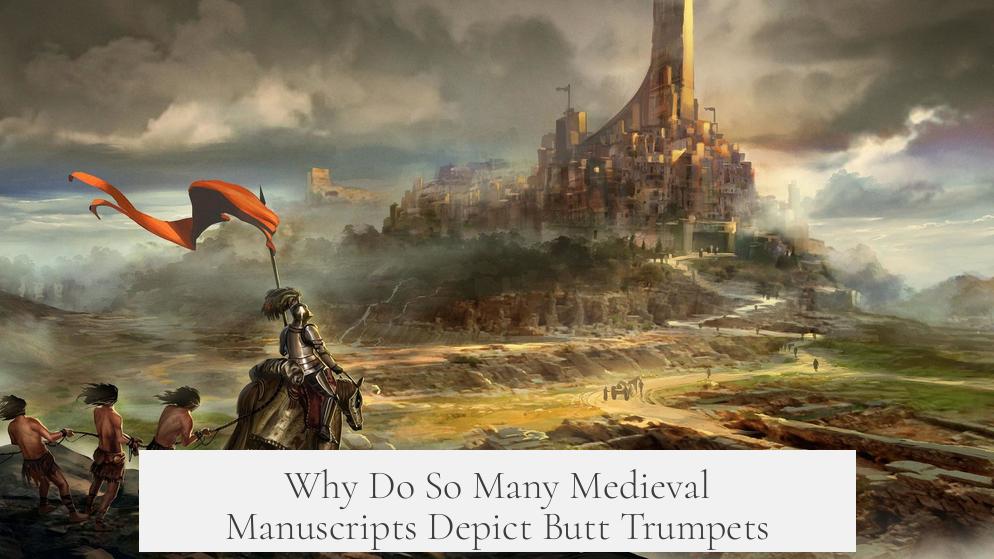
Medieval manuscripts love their bizarre imagery, and among the strangest are illustrations of butt trumpets—yes, literal trumpets emerging from posteriors. But why do these cheeky depictions pop up so often? Let’s dive in and unpack this odd, yet fascinating, art trope that’s tickling historians and art lovers alike.
First off, it’s crucial to understand that most medieval art we *actually* see today comes from highly skilled artists. Those magnificent illuminations and paintings weren’t just slapped onto pages by amateurs. There were plenty of less polished drawings, though—mostly lost to time because they didn’t warrant the precious effort to preserve or digitize. So, the butt trumpets we find are part of what made it through the filters of historical care and modern curation.
Iconography: When Symbolism Overrides Sense
Here’s the medieval art world’s secret sauce: iconography. It’s the practice of using images to *represent* ideas rather than replicate reality. Medieval artists often prioritized instantly recognizable visuals over realistic accuracy. So, an animal might look… off, but everyone knew what it symbolized. For example, a “Hellmouth” painting shows an enormous, monstrous mouth swallowing sinners, not necessarily reflecting any natural creature.
Butt trumpets fit snugly into this tradition of symbolic oddities. Their ridiculousness is part of the message. Medieval artists were masters of exaggeration and visual puns. A butt trumpet could symbolize flatulence humor or mock a breaking social taboo, especially in the often ribald margins of illuminated manuscripts.
From Snails to Sound Effects: The Transmission of Stylized Humor
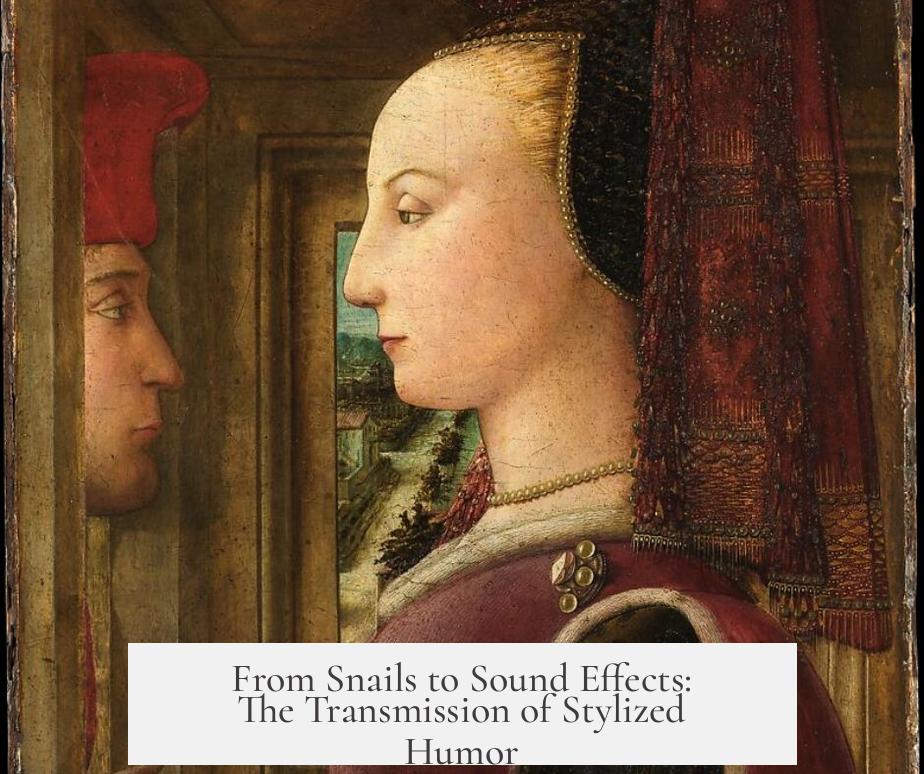
Art traditions didn’t arise in a vacuum. Stylized images passed from one artist to another, sometimes without clear knowledge of the subject. Consider mythical beasts like unicorns and griffins—no one had seen them but everyone knew how to draw them. Butt trumpets might be the same. Illustrators copied the joke, the tradition, the iconography, even if the “why” was becoming murky.
Medieval manuscripts were often collaborative, evolving over decades or even centuries. An early joke about human anatomy transforming into an instrument might have become a repeated motif—funny, shocking, and memorable.
The Allegory and Ambiguity of Butt Trumpets
Medieval art often mixes the literal and allegorical. The butt trumpet could serve multiple purposes: comic relief amidst sober religious texts, an allegory for human folly, or even a sly jab at authority figures (because who *wouldn’t* laugh at a nobleman depicted farting a trumpet?). These images thrived in margins and margins alone—those funky edge spaces where medieval artists let loose.
Some scholars argue the act may symbolize the *inevitable* and *earthy* nature of humans, balancing piety with humor. Others believe these were purely whimsical, designed to keep readers entertained during long passages of dense text. Whatever the reason, they break the mold of dependably solemn manuscript art.
Are Butt Trumpets Just Weird-Ass Art?
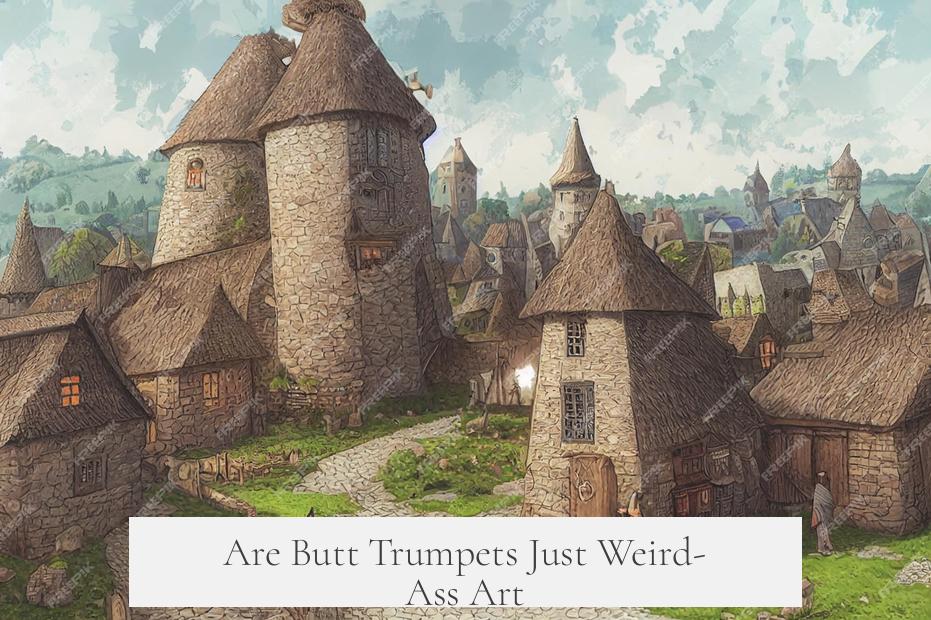
Medieval imagery isn’t shy about the weird—think snails in battle or knights fighting vegetables. Scholars often scratch their heads over these strange motifs. When it comes to butt trumpets, there’s no scholarly consensus, partly because the topic remains under-researched. The Reddit historian community has tackled buttocks in marginalia but hasn’t specifically delved into trumpets exiting said buttocks. So, some of these images remain wonderfully mysterious.
But their survival suggests medieval artists appreciated a good chuckle just as much as their modern counterparts, and they weren’t above using flatulence as a form of expression.
What Can We Learn from Butt Trumpets?
For starters, they remind us that historical art isn’t just about solemnity or religious grandeur. It’s also about human nature’s humor, creativity, and playful rebellion against conventions. They challenge our expectations of medieval artwork as staid and precious. Instead, they reveal a culture willing to laugh at itself.
If you’re interested in exploring medieval art or manuscript illumination, keep an eye on marginalia. The margins were where artists had the freedom to inject personality, satire, and yes, musical flatulence.
Final Thoughts
Why do so many medieval manuscripts depict butt trumpets? Because medieval art isn’t about realism but about meaning, tradition, and yes, a bit of silliness. These images serve as iconographic representations loaded with layered interpretation. They reflect cultural humor, allegory, and inherited artistic conventions. And, perhaps most importantly, they keep us smiling centuries later.
Next time you see a butt trumpet in a manuscript, remember: it’s a *symbol* rather than a biological speculation. It meshes serious symbolic tradition with human nature’s timeless urge to laugh at the ridiculous. Now, isn’t that music to your ears?
